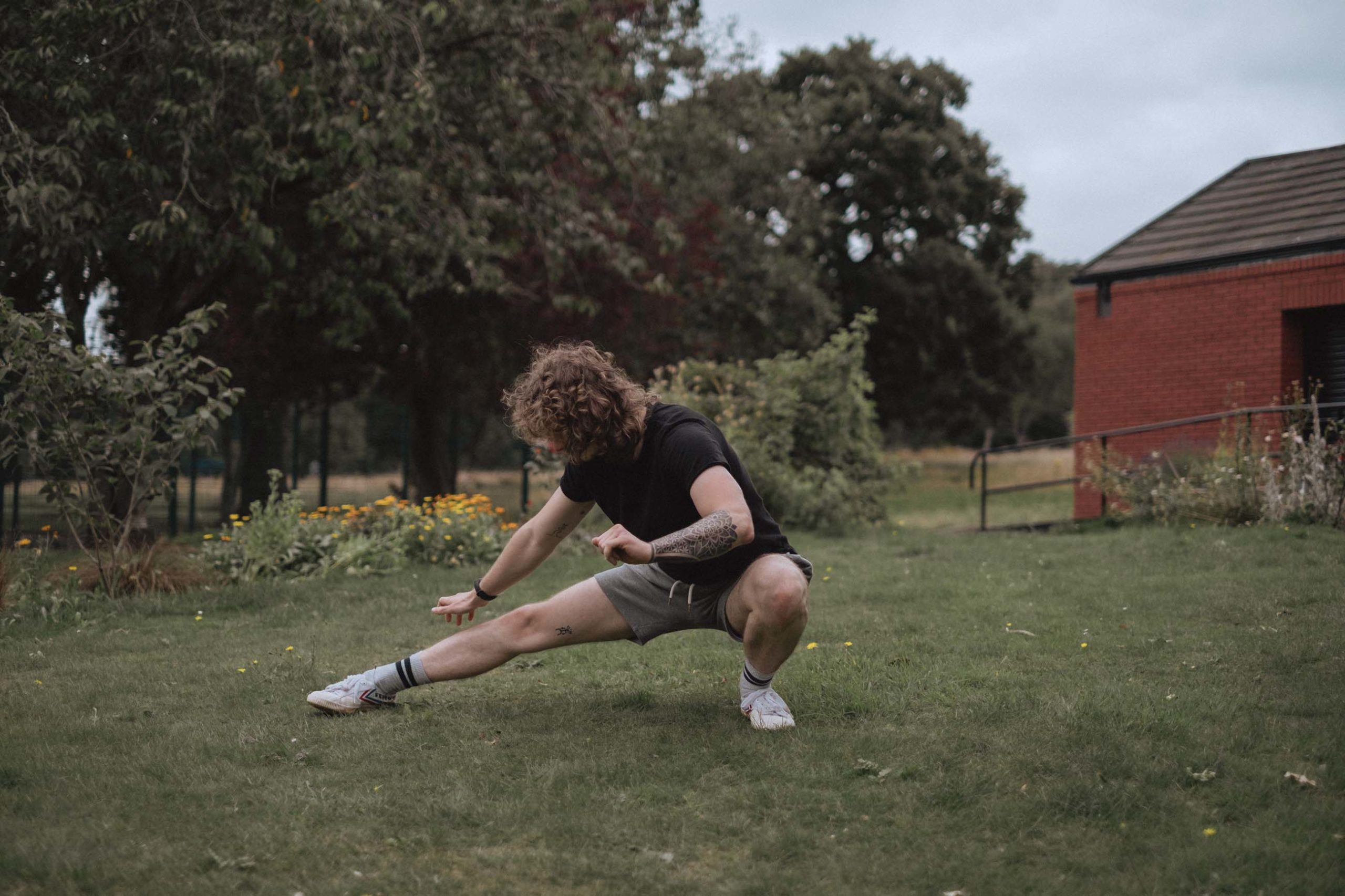
Mobility is the ability of the body to move through space unrestricted by pain, stiffness, or discomfort. To be fully mobile means you’re not limited in your day-to-day life. It means you can go about your normal routine completely free from discomfort.
When most people think of mobility, they think of stretching. But we all know that while this is a vital part of mobility, it’s not the only indicator. There’s much more to it than just simply stretching your muscles.
Great mobility, is directly affected by muscle strength. If you want to move with ease, you need a stable and strong foundation. This means having a well-rounded base that consists of functional muscle groups that allow you to move in efficient ways without pain or restriction.
What Causes Bad Mobility?
In today’s modern world, more and more individuals are experiencing mobility issues. There are many external factors that cause this, like sitting all day at a computer or not stretching after a workout.
The inability to move freely and without pain can be caused by;
- An injury that was not fully or properly rehabilitated or is currently in rehabilitation,
- Improper alignment and posture,
- Muscle imbalances,
- Muscle weakness,
- Tightness,
The difference between mobility and flexibility
The difference between mobility and flexibility is one of the most misunderstood concepts in fitness. While both are critical to achieving physical proficiency in any activity, flexibility and mobility are different.
Knowing the difference can help you tremendously. Mobility incorporates all the things mentioned above. Flexibility on the other hand is the ability to stretch a muscle through its full range of motion. For example, your quadriceps will be able to be stretched fully with minimal resistance.
Flexibility is your passive (relaxed) range of motion, on the other hand, mobility is your active range of motion
Why is mobility important?
The ability to move with ease plays a pivotal role in achieving optimal health. Just as physical activity promotes weight loss and improves cardiovascular health in sedentary individuals, activity across the board aids in improving mobility and overall health. Studies show that exercising improves mobility, which helps older adults maintain independence, and decrease disability.
Lack of mobility can affect daily activities, such as cleaning, driving, and even showering if it’s serious enough.
To be more mobile means to move more freely. It means being more stable and stronger. It means decreasing your risk of injury and increasing your ability to move with less effort.
General mobility tips for healthier everyday living
- Start your day with few minutes of spinal waves,
- Incorporate the Resting Squat in your everyday routine,
- Walk Barefoot at Home to Increase Foot Mobility,
- Try some yoga postures at home or join a yoga class,
You shouldn’t wait until the first sign of a mobility problem before you begin seeking help. Early intervention is the best way to keep any mobility issues from getting worse. Becoming more mobile will not only help your training but also your everyday life!
I am currently running free movement classes in Leeds parks over the summer. Each session is 1 hour long, and everyone is welcomed to come and learn how to move their bodies in a more efficient manner.
Feel free to get in touch if you would like to join us in the park or if you are interested in a more personalised training program (1-on-1 – online or in-person). Undoubtedly, personal training sessions will deliver results that are more tailored to your unique needs.

